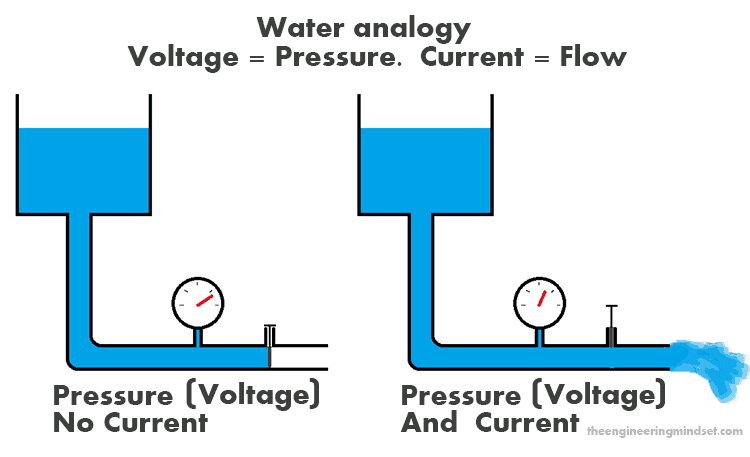As industries advance towards future technology, businesses have to constantly keep themselves up to date. Failure to comply may result in two major repercussions:
- Slow adopters will see themselves lagging behind competitors
- Late adopters may see a rise in the prices to install these new technologies
IIOT, or the Industrial Internet of Things, is not a new term. Regrettably, many companies are still not developing sound approaches to adopt them.
Take for example refineries. Traditional data analytics such as spreadsheets are still being used to analyze processes and trends; using historic data to make operational decisions.

Refineries store millions of databases and at times it becomes challenging for engineers to extract information from a cesspool of data. To make matters worse, varying branches of the organization may utilize foreign systems which proved difficult when systems needs integration.
As a result, refineries are considered to be data rich but in hindsight, information poor.
I’ve got 99 problems
In a traditional data-analytic methodology, it is acceptable for engineers to find themselves stranded with missing data. The solution? Most rely on “Experience” or so-called intuition to solve their engineering woes and make “informed” decisions. Guilty as it might seem, ask any engineer who have worked in refineries and they might just confess to using this ‘archaic’ technique.
Refineries of the future (or refineries who will sustain in the future) will need to change a different tack towards how they organize their data. Engineers can employ advance data analytics to analyze and make comparisons to several vital parameters (such as temperature, pressure reading and flow data) that makes use of varying systems that have diverse data formats, all in real time.

Advance data analytics can run audits and identify data correlation among the different results and in any case if a deviation in the results of the data were to emerge, engineers will be notified immediately, in real time.
For example, it is common for an instrument’s pressure reading to fluctuate. Instrument’s pressure reading could also irregularly plunge due to ordinary situations such as a spike in production. However, leakages along the pipeline could also cause pressure readings to drop.
With advance data analytics, engineers are able to determine if such major shifts are justified.
Easier Said than Done?
Adopting new technology always come with anxieties. It is always easier said than done. Although the idea of running advanced data analytics may seem ideal, it is not without its challenges.
In order for all the varying hardware to get connected, it has to comply with a single universal format that allows data to be unified. This might be expensive if you need to hook up current legacy hardware to new technologies that may not have the compatible specifications to begin with.
IIOT Connectivity Made Easy

Now, who says out with the old and in with the new? With Phoenix Contact’s revolutionary IIOT Connectivity (PICs) Box, we can assist clients by saving the hassle to consolidate hardware from different manufacturers and get them connected to new technology, within seconds. Our PICs combines new technology such as Controllers and Sensors and affix them with your legacy equipment so that data could be read by our software, how you want it, the way you want it.
Who says connecting to IIOT needs to be expensive and complicated?
With our PICs box, you’ll convert your backward refineries into Smart Refineries of tomorrow. Don’t believe us? Request a free trial of our PICs box by leaving us an email at marketing@phoenixcontact.com.sg and experience IIOT connectivity made easy for you today!


























 In the Cable Harnessing Process, there are several steps such as Cable Cutting, Stripping, Crimping, Looming and Assembling (Tightening).
In the Cable Harnessing Process, there are several steps such as Cable Cutting, Stripping, Crimping, Looming and Assembling (Tightening).









 On 7 July 2017, Phoenix Contact SEA invited a total of 50 participants including customers and staff to an unique dining experience, where they dined through ther sense of touch, sound and taste in complete darkness. This unconventional ‘Dining in the Dark’ experience was made possible with the support of Singapore Association of the Visual Handicapped (SAVH). It is an association that helps the visually handicapped to lead an independent life not only through education, and also by providing training for employment opportunities and mobility as well as ensuring that their welfare is being addressed.
On 7 July 2017, Phoenix Contact SEA invited a total of 50 participants including customers and staff to an unique dining experience, where they dined through ther sense of touch, sound and taste in complete darkness. This unconventional ‘Dining in the Dark’ experience was made possible with the support of Singapore Association of the Visual Handicapped (SAVH). It is an association that helps the visually handicapped to lead an independent life not only through education, and also by providing training for employment opportunities and mobility as well as ensuring that their welfare is being addressed.




 Do you know one common challenge for devices used in areas such as filter and inductor construction, energy distribution and power supply production is Electrical Safety i.e. how to lead the high power through the panel wall safety.
Do you know one common challenge for devices used in areas such as filter and inductor construction, energy distribution and power supply production is Electrical Safety i.e. how to lead the high power through the panel wall safety.